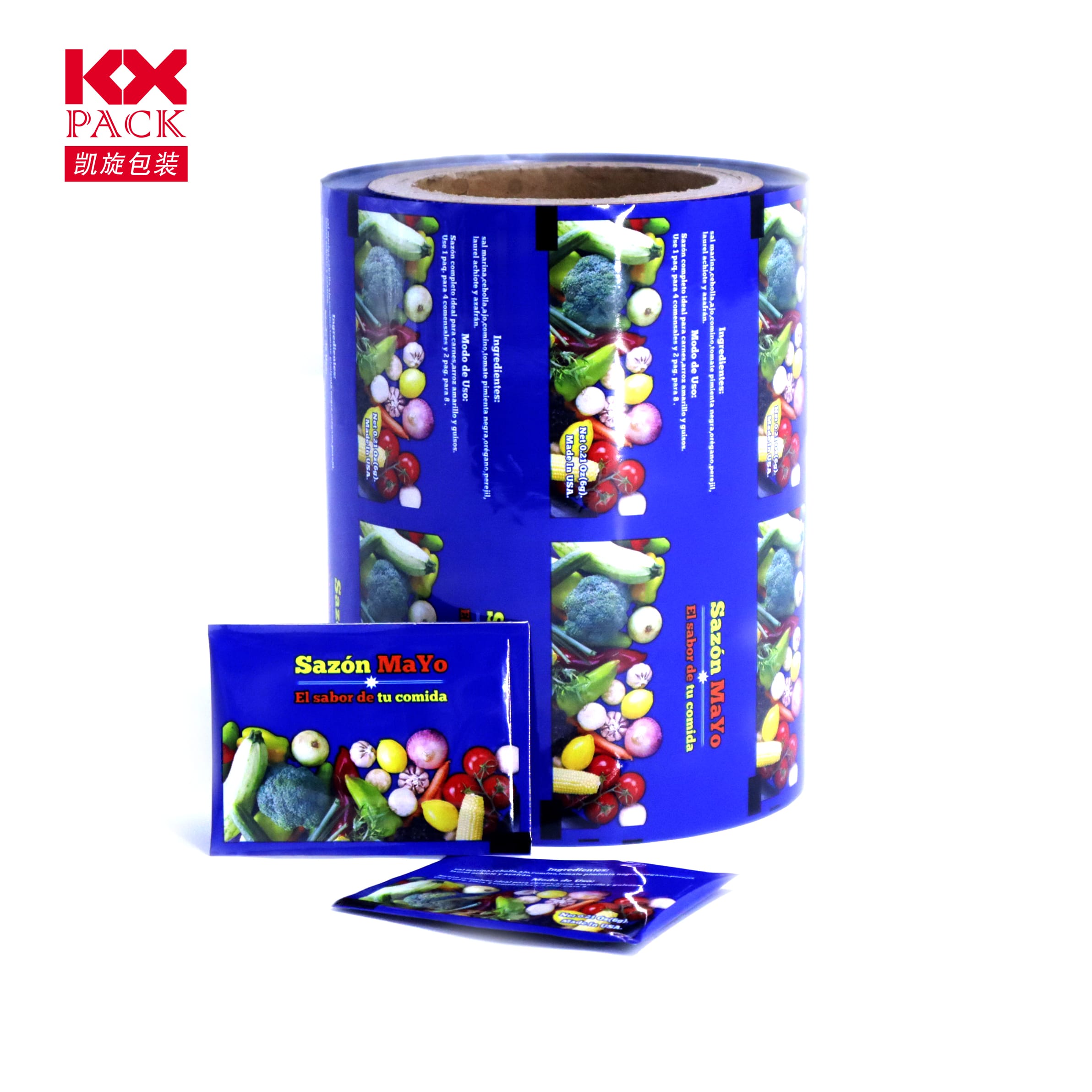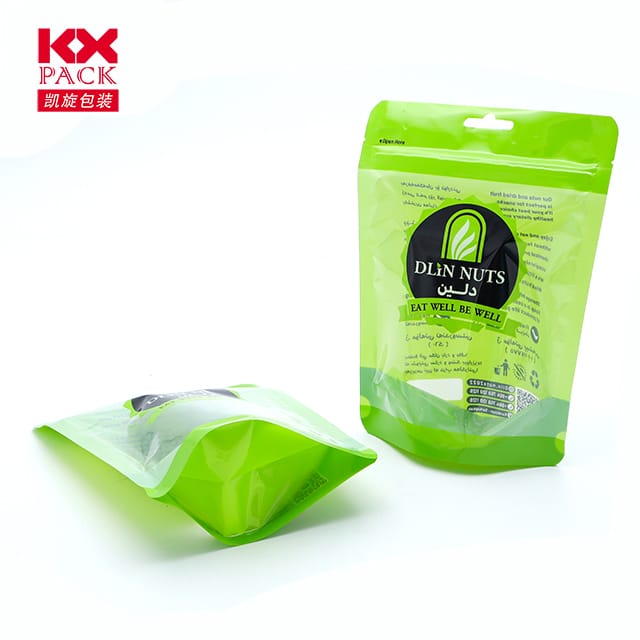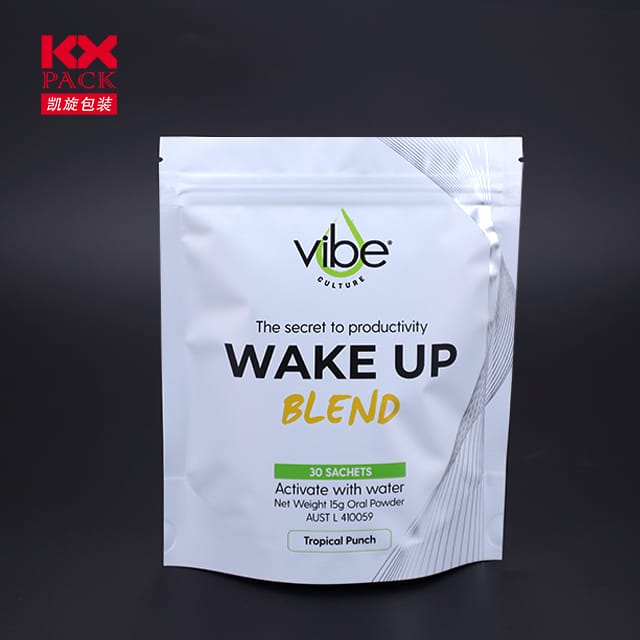تغليف أفلام بلاستيكية مرنة: The Future of Smart, مستمر, and Versatile Packaging
تغليف أفلام بلاستيكية مرنة
في عالم حيث الراحة, الاستدامة, and brand differentiation are paramount, flexible plastic film packaging has emerged as a revolutionary solution. من الغذاء والمستحضرات الصيدلانية إلى الإلكترونيات والتجارة الإلكترونية, هذا خفيف الوزن, adaptable material is reshaping how products are protected, قدم, وتستهلك. Let’s dive into why flexible plastic films are dominating the packaging industry—and how they’re evolving to meet tomorrow’s challenges.
Why Flexible Plastic Film Packaging? The Core Advantages
1. براعة لا مثيل لها
Flexible plastic films—such asبوب (البولي بروبيلين الموجهة ثنائي المحور), حيوان أليف (polyethylene terephthalate), و PE (البولي إيثيلين)—can be engineered to meet diverse needs:
- Barrier Protection: Multi-layer films block oxygen, رُطُوبَة, and UV light, extending shelf life by up to 50% for perishables like snacks and coffee.
- Formability: Thermoformable films mold precisely around products, reducing material waste compared to rigid packaging.
- الشفافية & قابلية للطباعة: عرض منتجات Clear Films, while high-definition printing options (على سبيل المثال, المرونة, digital, or gravure) enable vibrant branding without labels.
2. Sustainability in Focus
The global تغليف أفلام بلاستيكية مرنة market, valued at $341.6 مليار من قبل 2028, is driven by eco-conscious innovations:
- أفلام قابلة لإعادة التدوير: الهياكل الأحادية المادية (على سبيل المثال, all-PE pouches) are easier to recycle than traditional multi-layer laminates.
- خيارات قابلة للتحلل: Films made from جيش التحرير الشعبى الصينى (حمض بولييلاكتيك) أو PHA (Polyhydroxyalkanoates) decompose within 6–18 months under industrial composting.
- الوزن الخفيف: Flexible films use 70% less plastic than rigid alternatives, cutting transportation emissions and material costs.
3. كفاءة التكلفة & قابلية التوسع
- Production Speed: High-speed flexographic printing (يصل إلى 1,500 feet per minute) makes flexible films ideal for mass-market brands.
- Reduced Storage Costs: Rolls of film occupy 80% less space than pre-formed containers, optimizing warehouse efficiency.
- On-Demand Customization: Digital printing enables small-batch runs with zero setup costs, perfect for niche products or seasonal campaigns.
التطبيقات الرئيسية عبر الصناعات
1. طعام & المشروبات
- الحقائب الوقوف: Replacing cans and jars for soups, المكسرات, and pet food, these pouches use 60% less material and feature resealable zippers.
- Modified Atmosphere Packaging (MAP): Films with oxygen scavengers preserve freshness for meats and produce.
- Retort Pouches: Sterilizable films withstand high temperatures, ensuring safety for ready-to-eat meals.
2. الأدوية & الرعاية الصحية
- Child-Resistant Pouches: تغليف أفلام بلاستيكية مرنة with tamper-evident seals meet safety regulations for medications.
- Cold-Form Blister Packs: Aluminum-laminated films protect light-sensitive drugs from degradation.
3. التجارة الإلكترونية & Logistics
- Air Cushion Films: Inflatable plastic films replace Styrofoam peanuts, reducing shipping damage by 90%.
- Anti-Static Films: Safeguard electronics from electrostatic discharge during transit.
Technological Innovations Driving the Market
1. Smart Packaging Integration
- NFC Tags & QR Codes: Embedded in films, these enable consumers to scan for product authenticity, recycling instructions, or promotional content.
- Time-Temperature Indicators (أب): Color-changing labels on perishable goods alert retailers to spoilage risks.
2. Advanced Manufacturing Techniques
- Nano-Coatings: Ultra-thin layers enhance barrier properties without adding weight.
- Laser Scoring: Precision cuts allow easy opening while maintaining package integrity during shipping.
3. حلول الاقتصاد الدائري
- إعادة التدوير الكيميائي: Breaks down mixed plastics into reusable monomers, enabling infinite recycling loops.
- Upcycling Initiatives: شركات مثل Dow و Amcor are converting post-consumer films into new تغليف أفلام بلاستيكية مرنة materials.
التحديات & Future Trends
1. إعادة تدوير الفجوات في البنية التحتية
Only14% of flexible packaging is recycled globally, largely due to contamination and lack of collection systems. Solutions include:
- Standardized Labeling: Clear recycling instructions to educate consumers.
- Deposit Return Schemes (DRS): Incentivizing returns of used films.
2. الضغوط التنظيمية
الحكومات تفرض قواعد أكثر صرامة على المواد البلاستيكية للاستخدام الواحد. على سبيل المثال, الEU’s Single-Use Plastics Directive bans non-recyclable films by 2030.
3. The Rise of Bio-Based Alternatives
By 2030,30% of flexible films are expected to be plant-derived, reducing reliance on fossil fuels.
استنتاج: Flexibility Is the Future
Flexible plastic film packaging isn’t just a trend—it’s a strategic imperative for brands aiming to balance performance, الاستدامة, والتكلفة. As innovations likesmart sensors, مواد قابلة للتسميد, and closed-loop recycling gain traction, the possibilities are endless.
للشركات: Embrace flexibility by partnering with suppliers who prioritize circular design and transparent sustainability reporting.
For consumers: Look for brands using recyclable or compostable films, and recycle properly to close the loop.
The packaging revolution is here—and it’s flexible. 🌱✨
What’s your favorite example of innovative flexible packaging? Share your thoughts below!







